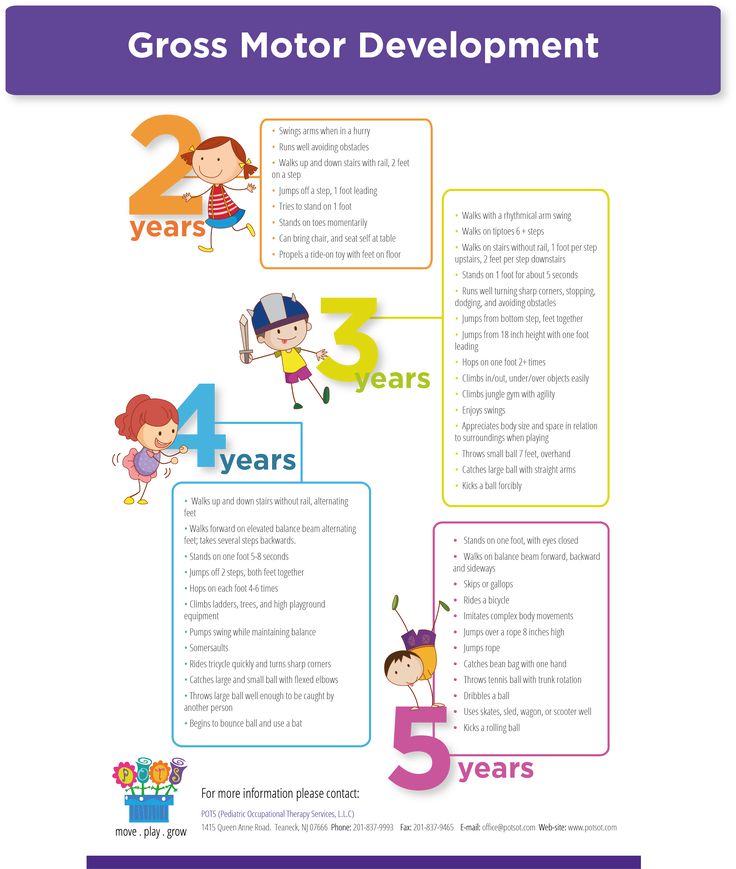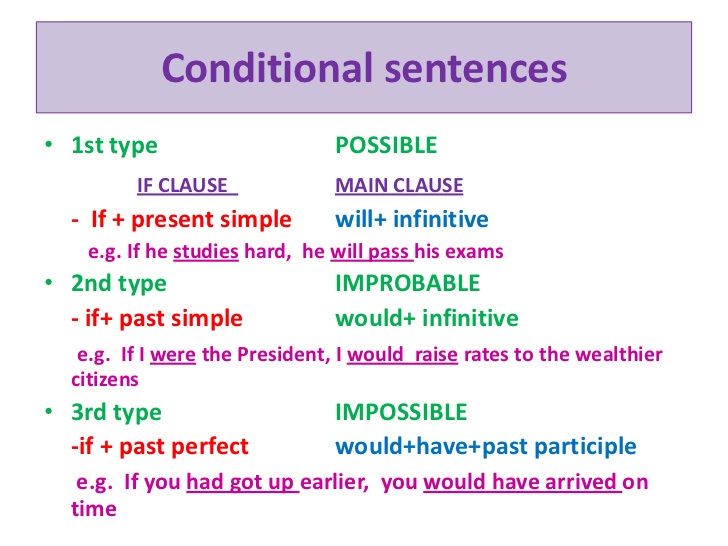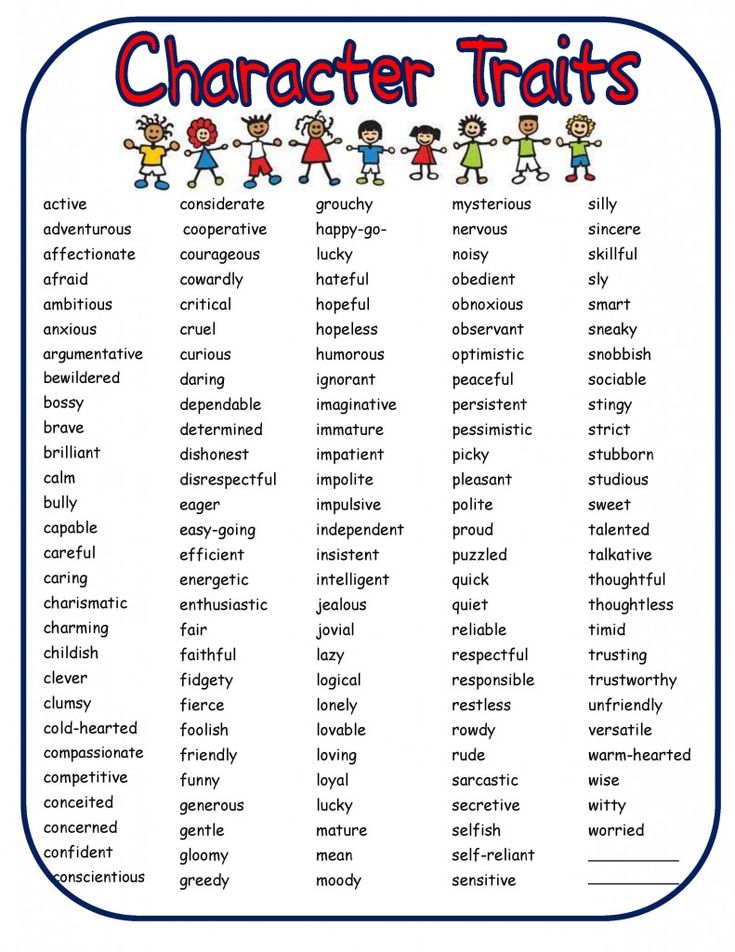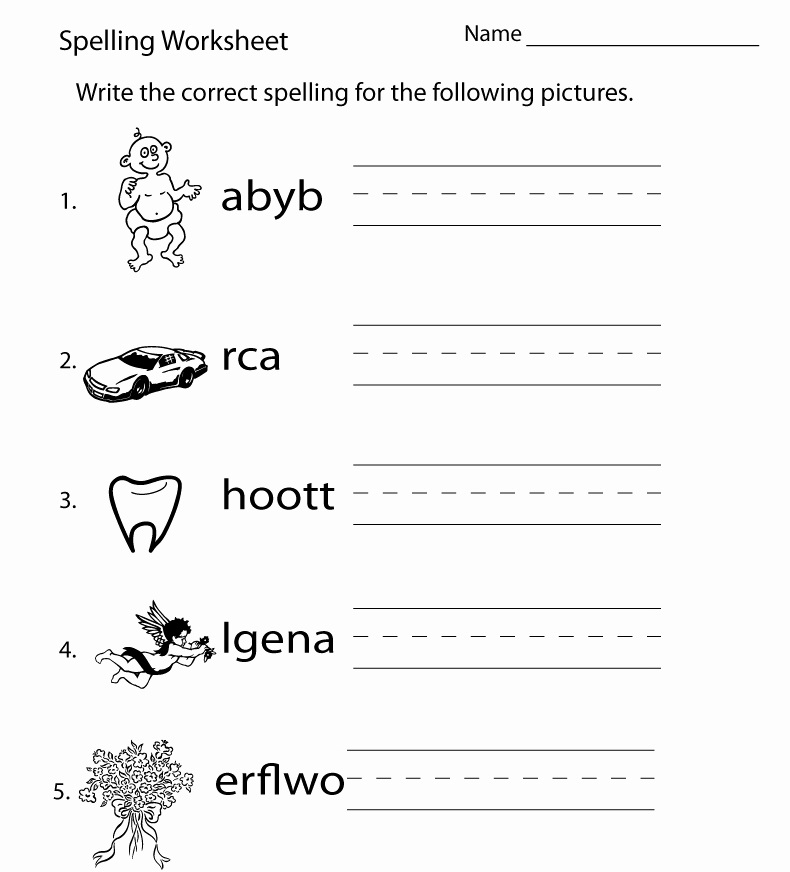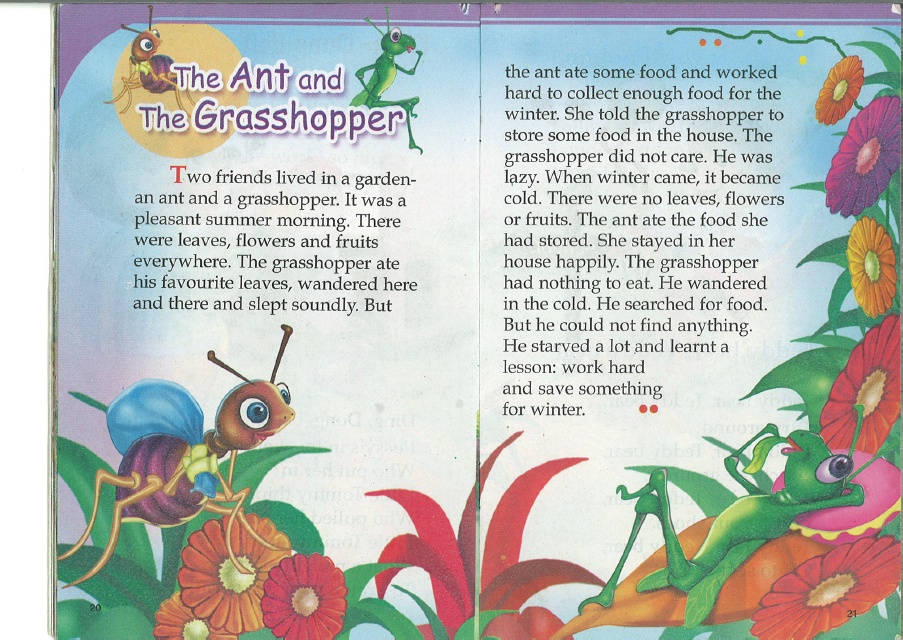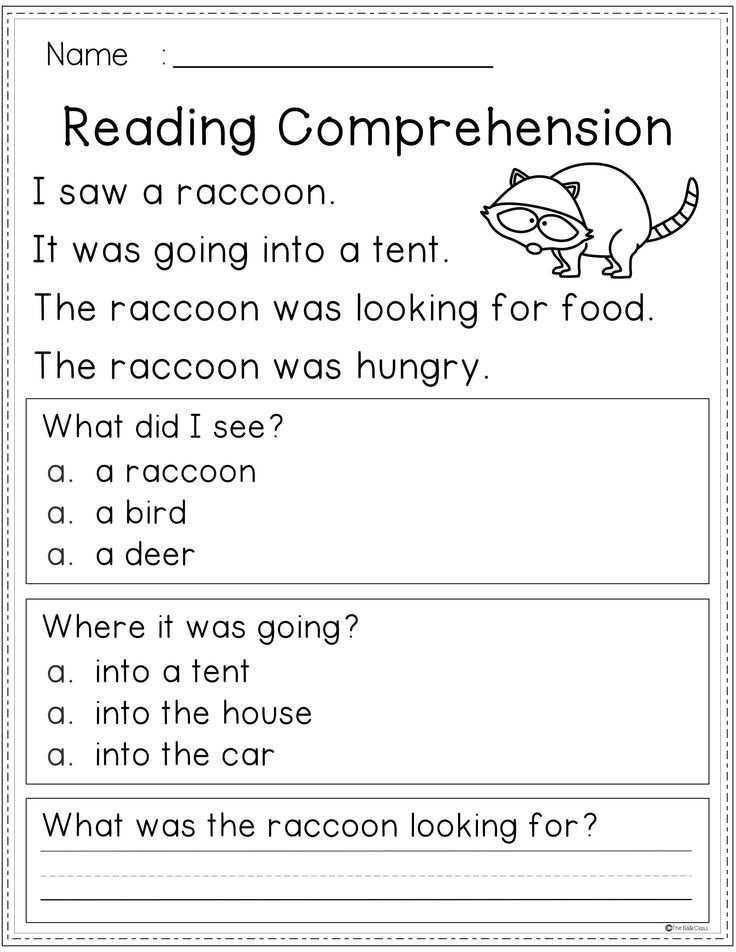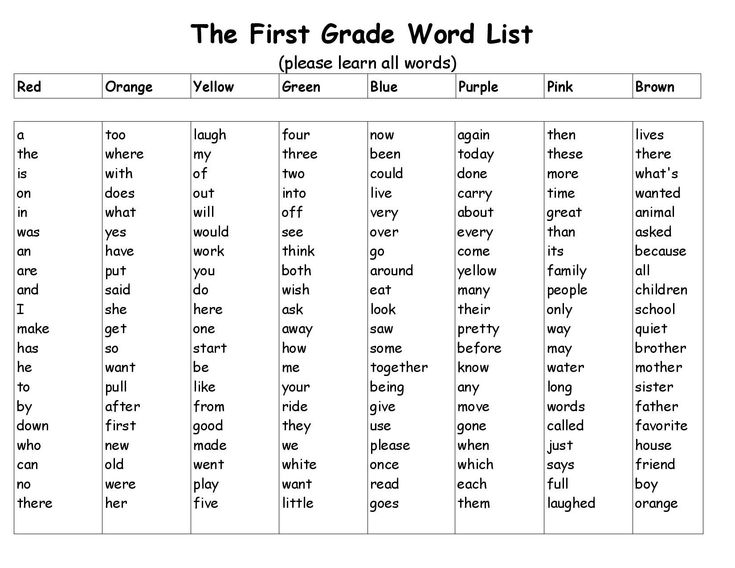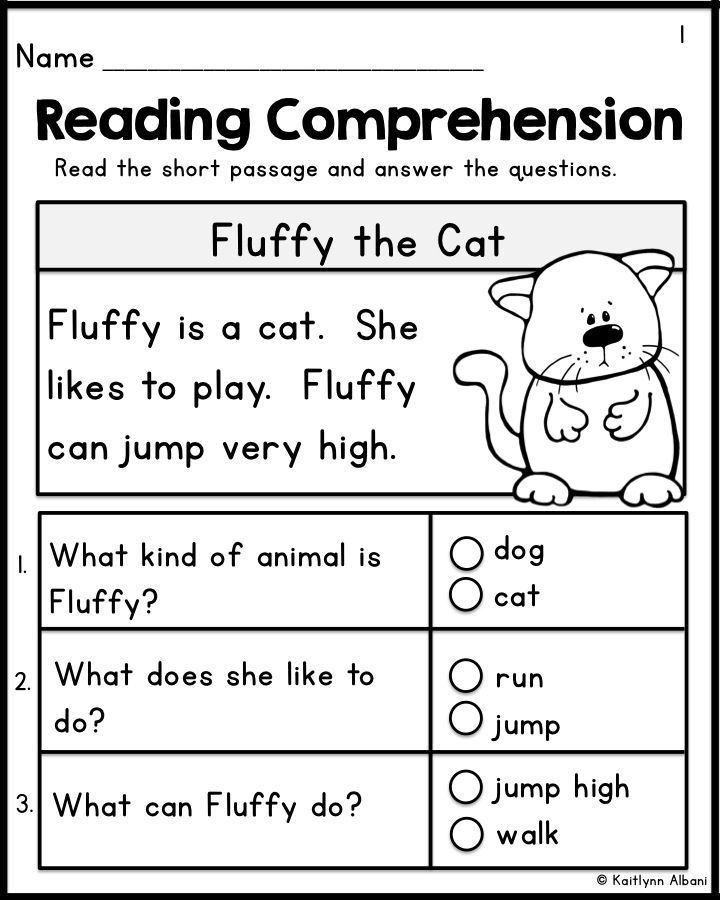Gross motor skill checklist
Gross Motor Development Checklist - Kid Sense Child Development
< Back to Child Development Checklists
Instructions: Answer all questions up to your child’s current age bracket by answering ‘Yes’ or ‘No’.
Interpretation: If you tick 2 or more boxes with a ‘Yes’ then contact Kid Sense Child Development on 1800 KIDSENSE (1800 543 736).
Does your child have difficulty with:
| Age | Skill | Yes | No |
| 0-6 months | Rolling over from front to back or back to front. | ||
| Bringing feet to hands/mouth while on back. | |||
| Holding head erect in a support position. | |||
| Sitting (initially with support). | |||
| Pushing body off ground with arms when lying on tummy. | |||
| 6-12 months | Roller over from front to back, or back to front. | ||
| Crawling on belly. | |||
| Sitting independently. | |||
| Getting up on all fours. | |||
| Pushing body off ground with arms when lying on tummy. | |||
| Bringing self into a seated position unaided. | |||
| Creeping on hands and knees. | |||
| Transitioning into different positions e.g. sitting, all fours, lying on tummy. | |||
| Pulling self into standing position. | |||
| Stands momentarily without support. | |||
| Walking while holding onto furniture. | |||
| Taking 2-3 steps without support. | |||
| Rolling a ball in imitation of adult. | |||
| 1-2 years | Sitting, crawling or walking independently.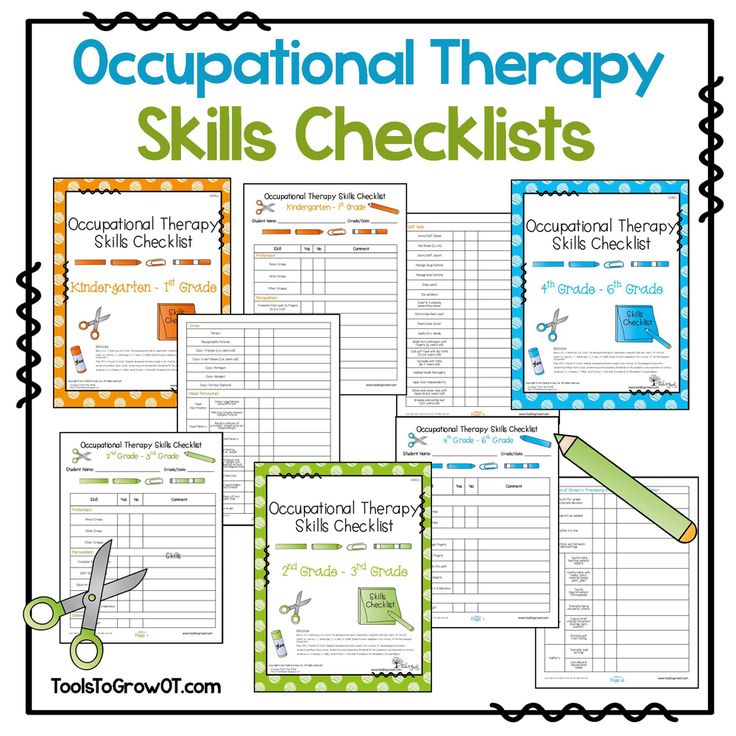 | ||
| Getting up on all fours. | |||
| Creeping on hands and knees. | |||
| Transitioning into different positions (e.g. sitting, all fours, lying on tummy). | |||
| Pulling self into standing position. | |||
| Standing without support. | |||
| Trying to run (running stiff with eyes on floor). | |||
| Walking while holding a toy. | |||
| Changing direction while walking. | |||
| Rolling a ball in imitation of an adult. | |||
| 2-3 years | Transitioning into different positions (e.g. sitting, all fours, lying on tummy). | ||
| Walking smoothly and turning corners. | |||
| Running with control (still has wide gait). | |||
| Climbing onto/down from furniture without assistance. | |||
Pulling self into standing position.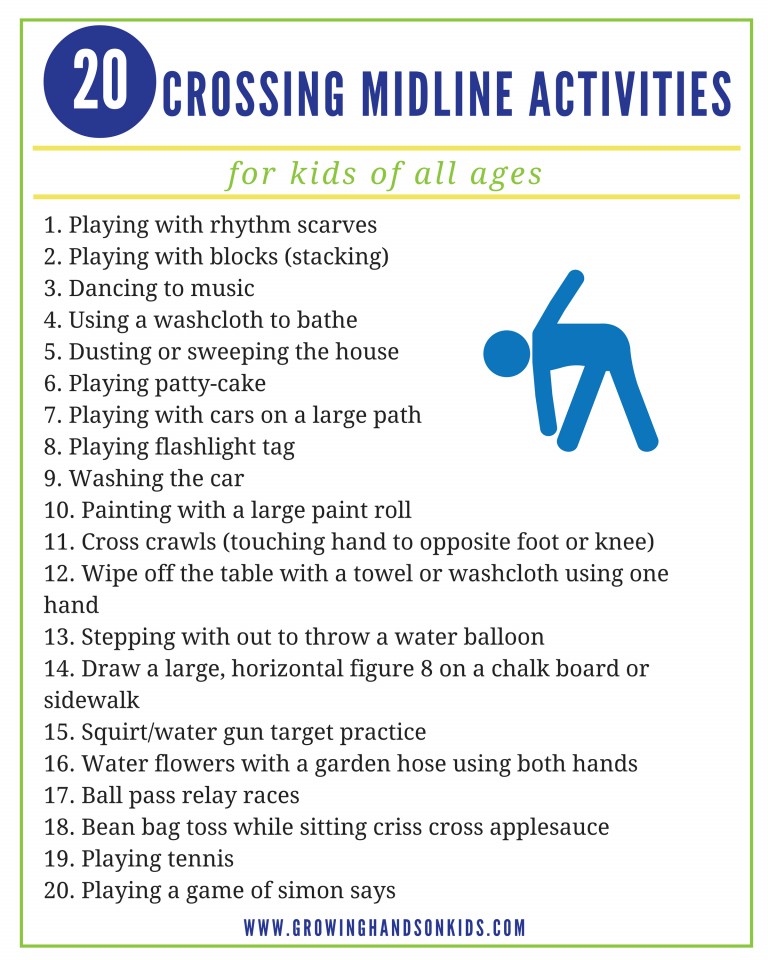
| |||
| Walking up and down steps (with support). | |||
| Walking while holding a toy. | |||
| Changing direction while walking. | |||
| Picking up toys from the floor without falling over. | |||
| Rolling a ball. | |||
| 3-4 years | Transitioning into different positions (e.g. sitting, all fours, lying on tummy). | ||
| Imitating an adult standing on one foot. | |||
| Imitating simple bilateral movements of limbs (e.g. arms up together). | |||
| Running with control. | |||
| Climbing onto/down from furniture without assistance. | |||
| Climbing on jungle gym and ladders. | |||
| Pedalling a tricycle. | |||
| Changing direction while walking. | |||
Walking up and down stairs with alternating feet.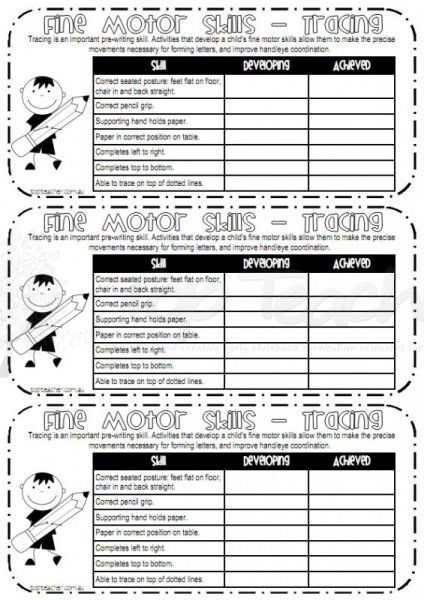 | |||
| Jumping with two feet together 5 times in a row. | |||
| Walking on tip toes. | |||
| Picking up toys from the floor without falling over. | |||
| Throwing objects with an overarm action at a target. | |||
| Rolling a ball. | |||
| Catching a ball (using the whole body, not just arms). | |||
| 4-5 years | Standing on one foot for up to 5 seconds. | ||
| Imitating simple bilateral movements of limbs (e.g. arms up together). | |||
| Walking up and down stairs with alternating feet. | |||
| Climbing onto/down from furniture without assistance. | |||
| Climbing on jungle gym and ladders. | |||
| Pedalling a tricycle. | |||
| Kicking a ball forwards. | |||
Throwing a ball overarm.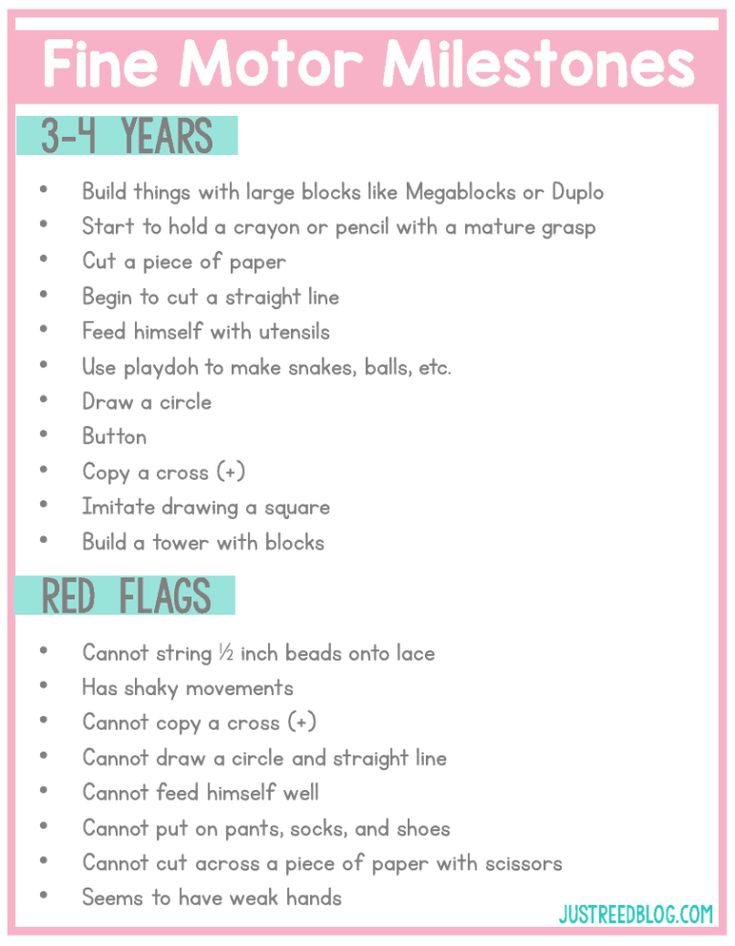 | |||
| Catching a ball that has been bounced. | |||
| Catching a ball with hands instead of using arms and body. | |||
| Running around obstacles. | |||
| Jumping 10 times in a row, maintaining the distance of jumps. | |||
| Walking on tip toes. | |||
| Walking along a line. | |||
| Safely performing a forward roll. | |||
| Hopping on one foot. | |||
| Jumping over an object and landing with both feet together. | |||
| 5-6 years | Standing on one foot for 10 seconds. | ||
| Kicking a ball. | |||
| Walking up stairs while holding an object. | |||
| Walking backwards heel-toe. | |||
| Jumping forwards 10 times without falling. | |||
Skipping forward after demonstration. | |||
| Running around obstacles. | |||
| Hanging from a bar for at least 5 seconds. | |||
| Stepping forward with leg on same side as throwing arm when throwing a ball. | |||
| Walking along a line. | |||
| Hopping on one foot. | |||
| Safely performing a forward roll. | |||
| Catching a small ball using hands only. | |||
| Jumping over an object and landing with both feet together. | |||
| 6-7 years | Running smoothly with arms opposing legs and a narrow base of support (feet not too far apart). | ||
| Running around obstacles while maintaining balance. | |||
| Standing on one foot for at least 10 seconds. | |||
| Skipping forward without demonstration. | |||
Stepping forward with leg on opposite side as throwing arm when throwing a ball.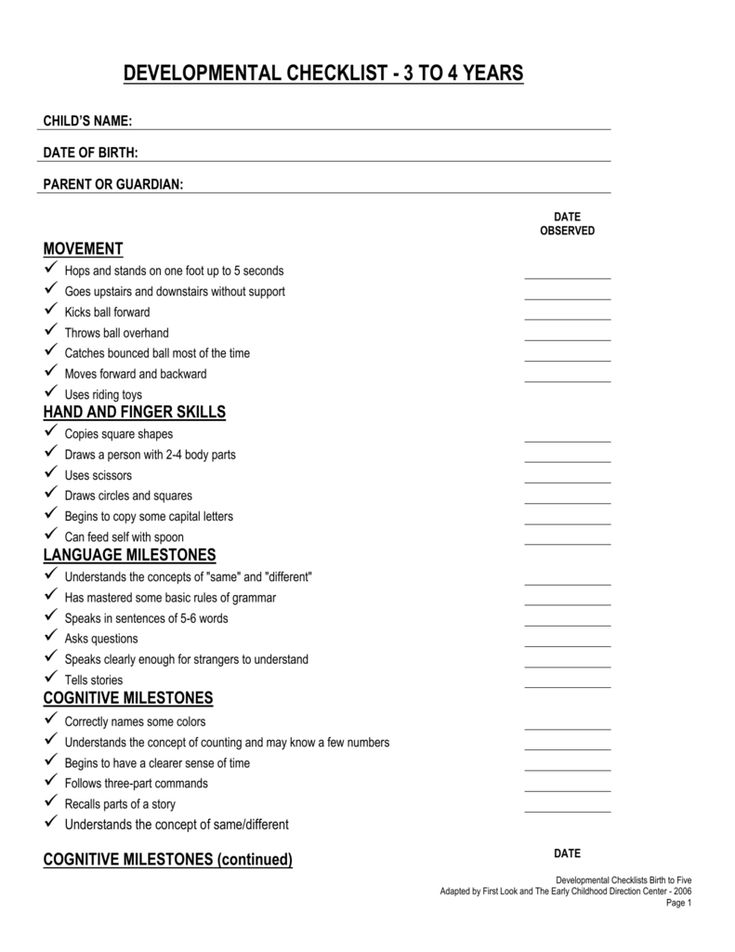 | |||
| Kicking a soccer ball with reasonable accuracy. | |||
| Walking backwards heel-toe. | |||
| Walking on a balance beam. | |||
| Hanging from a bar for at least 10 seconds. | |||
| Holding and moving across monkey bars without support. | |||
| Using a skipping rope. | |||
| Hopping on 1 foot. | |||
| Jumping forwards with both feet together. | |||
| Safely performing a forward roll. | |||
| Catching a small ball using hands only. | |||
| Jumping over an object and landing with both feet together. | |||
| Riding a bike without training wheels. | |||
| 7-8 years | Holding and moving across monkey bars without support. | ||
| Safely performing a forward roll. | |||
Running smoothly with arms opposing legs and a narrow base of support (feet not too far apart). | |||
| Running around obstacles while maintaining balance. | |||
| Stepping forward with leg on opposite side as throwing arm when throwing a ball. | |||
| Kicking a soccer ball with reasonable accuracy. | |||
| Kicking a football with reasonable accuracy and consistency. | |||
| Jumping over an object and landing with both feet together. | |||
| Catching a small ball using hands only. | |||
| Walking on a balance beam. | |||
| Walking backwards heel-toe. | |||
| Standing and maintaining balance on one foot. | |||
| Using a skipping rope. | |||
| Hopping on one foot. | |||
| Riding a bike. |
This checklist was designed to serve as a functional screening of developmental skills per age group. It does not constitute an assessment nor reflect strictly standardised research.
It does not constitute an assessment nor reflect strictly standardised research.
The information in this checklist was compiled over many years from a variety of sources. This information was then further shaped by years of clinical practice as well as therapeutic consultation with child care, kindergarten and school teachers in South Australia about the developmental skills necessary for children to meet the demands of these educational environments. In more recent years, it has been further modified by the need for children and their teachers to meet the functional Australian Curriculum, Assessment and Reporting Authority (ACARA) requirements that are not always congruent with standardised research.
Gross motor skills: birth to 5 years
What are gross motor skills?
Gross motor skill development involves the large muscles in the arms, legs and torso. Gross motor activities are important to everyday physical activities like walking, running, throwing, lifting, kicking, etc.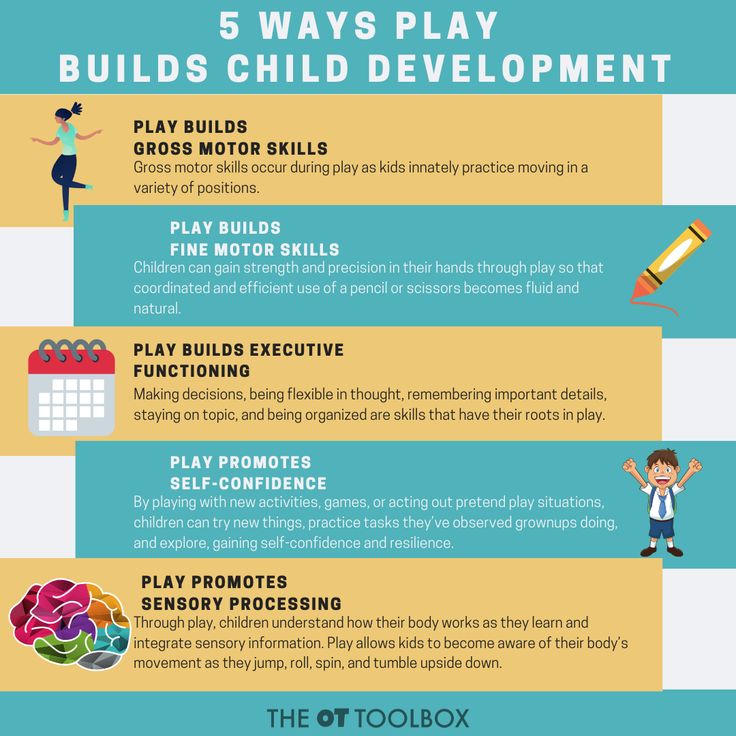 Gross motor abilities also form the basis for fine motor skills and relate to body awareness, reaction speed, balance and strength. Learn more about all developmental milestones by age.
Gross motor abilities also form the basis for fine motor skills and relate to body awareness, reaction speed, balance and strength. Learn more about all developmental milestones by age.
Gross motor development milestones: General physical activity guidelines for children ages 0 to 5 years
Newborn to 2 months- Turns head to both sides while on back
- Lifts head and able to turn to both sides while on belly
- Head lag with pull to sit
- Kicking both legs and moving both arms equally while on back
- Performs tummy time on floor regularly
- Raises head in line with trunk when pulled to sit
- Pushes up on forearms and turn head side to side while on belly
- Tolerates tummy time well
- Rolls from belly to back
- Rolls from back to belly
- Brings feet to mouth laying on back
- Pushes up on hands with arms extended while on belly
- Pivots in a circle while on belly to each side
- Sits alone
- Reaches for toys to play in sitting
- Catches self with loss of balance in sitting
- Crawls on belly
- Moves between laying down and sitting upright without help
- Crawls on hands and knees
- Pulls to a standing position with one foot leading
- Cruises around furniture
- Walks with two hands held
- Walks with one hand held
- Stands alone for a few seconds
- Crawls up stairs
- Stands up from the floor without support
- Walks alone well
- Squats and stands back up without holding onto support
- Walks up stairs with hands or rails to help
- Crawls down the stairs (on belly, feet first)
- Can run, though falls easily
- Kicks a ball forward
- Walks and runs fairly well
- Jumps in place with both feet off the ground
- Walks up and down stairs alone
- Kicks a ball with either foot
- Balance on one foot for a few seconds
- Jump forward 10-24 inches
- Catches a large ball
- Rides a tricycle
- Can run, jump and climb well, is beginning to skip
- Hops proficiently on one foot
- Can do hopscotch
- Catches a ball reliably
- Begins somersaults
- Skips on alternate feet and jump rope
- Begins to skate and swim
- Rides bicycle with/without training wheels
- Climbs well
This information is a general guide to help you determine if your child is progressing at the rate expected for his or her age.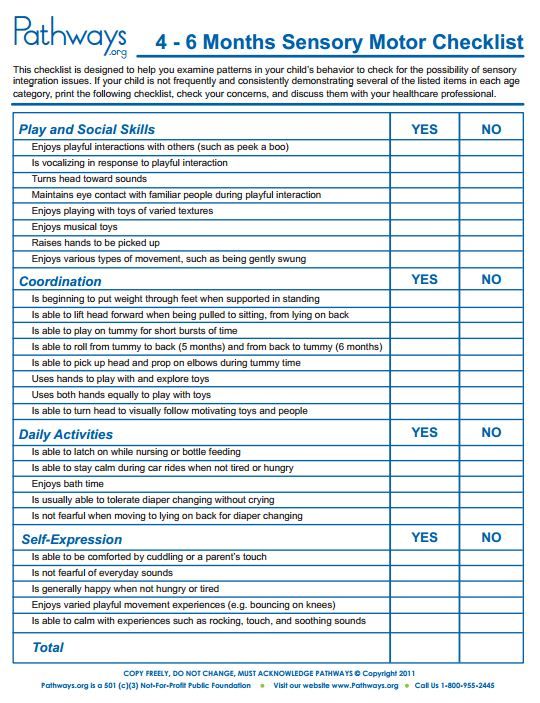 Please keep in mind that each child is unique and develops skills at their own rate.
Please keep in mind that each child is unique and develops skills at their own rate.
Physical activity recommendations
By exploring many different types of movement, your child can build the confidence, motivation and physical competence to engage in an active lifestyle.
According to the American Heart Association, a daily dose of at least 60 minutes of moderate-to-vigorous physical activity is recommended for children ages six to seventeen years old. Infants and toddlers are recommended to get 180 minutes of activity spread throughout the day based on the American Academy of Pediatrics. It is suggested that both structured play as well as unstructured play should be incorporated throughout the day.
Ideally, children should participate in 60 minutes of continuous activity. However, for both older children and toddlers the daily amount of activity can be split up throughout the day. For example, two 30-minute segments or four 15-minute segments for children is still beneficial.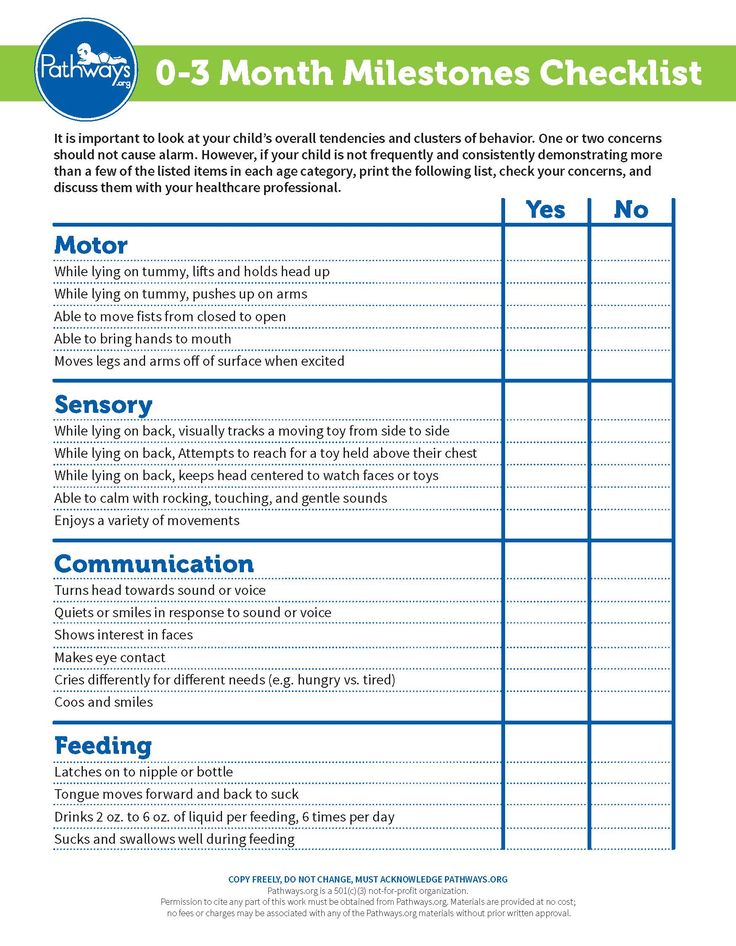 Whether you’re at home or on the playground, here are some activities, that with proper guidance, may encourage your child to get moving: •
Whether you’re at home or on the playground, here are some activities, that with proper guidance, may encourage your child to get moving: •
Indoor:
- Infants/toddlers: crawling and walking over various surfaces such as creating obstacles with pillows and blankets; sitting with support at torso on an exercise ball, mommy/daddy and me classes (yoga, tumbling, swimming)
- Children: bounce house play, jump rope activities, yoga, dance, gymnastics, cheerleading
Outdoor:
- Infants/toddlers: mommy/daddy and me swim classes; water play in buckets or playing at water tables; infant/toddler swings or slides at the playground; obstacles over various surfaces such as gravel, grass
- Children: swimming, sprinkler water play, water parks, marco polo, ice skating, snow tubing, sledding, roller skating, skateboarding, playgrounds, riding scooters, tricycle and bicycle riding, hiking, jumping and hop scotch activities, soccer, baseball, swinging
Our therapy programs can also help bring out the best in your child. From aquatic therapy, to sports therapy and more, our team takes an integrated approach, using the right therapy or therapies your child needs at the right stage in their development. We can help your child learn or regain the skills they need to be successful during everyday activities and participate with peers.
From aquatic therapy, to sports therapy and more, our team takes an integrated approach, using the right therapy or therapies your child needs at the right stage in their development. We can help your child learn or regain the skills they need to be successful during everyday activities and participate with peers.
Problems with reaching developmental milestones? How to improve your child’s gross motor skills
If you have concerns regarding your child’s development or your child is regularly missing development milestones, physical therapy can assess development and address concerns. If you are concerned about your child's development of gross motor skills, a physician or therapist may be able to assist with an evaluation.
Physical therapists can provide a comprehensive examination of your child’s strength, balance, coordination and gross motor skills in order to determine barriers to safe body movement. We provide therapeutic activities that are engaging and specific to a child’s age, cognitive status, ability level and interests.
To make an appointment with a pediatric physical therapist, call one of these locations:
- Bon Air Therapy Center 804-323-9060
- Brook Road Campus 804-228-5818
- Fredericksburg Therapy Center 540-891-4485
- Glen Allen Therapy Center 804-273-6656
- Petersburg Therapy Center 804-733-7233
- Stafford Therapy Center 540- 659-7337
Information provided by Kristen McBee PT, DPT; Anisha Craft PT, DPT, PCS; Renee Leiby PT, DPT and Jan Steinberger PT, DPT.
Temperament
If your child "contemplative" , he craves sensation most of all security and balance. First he learn to stand up from a position standing on the feet and palms (bearish), and then try to go. He will tread carefully, trying to keep balance with every step. He will resist your intention to move from one type of support to another, to for example, go from assisted walking for both handles for walking with support for one pen.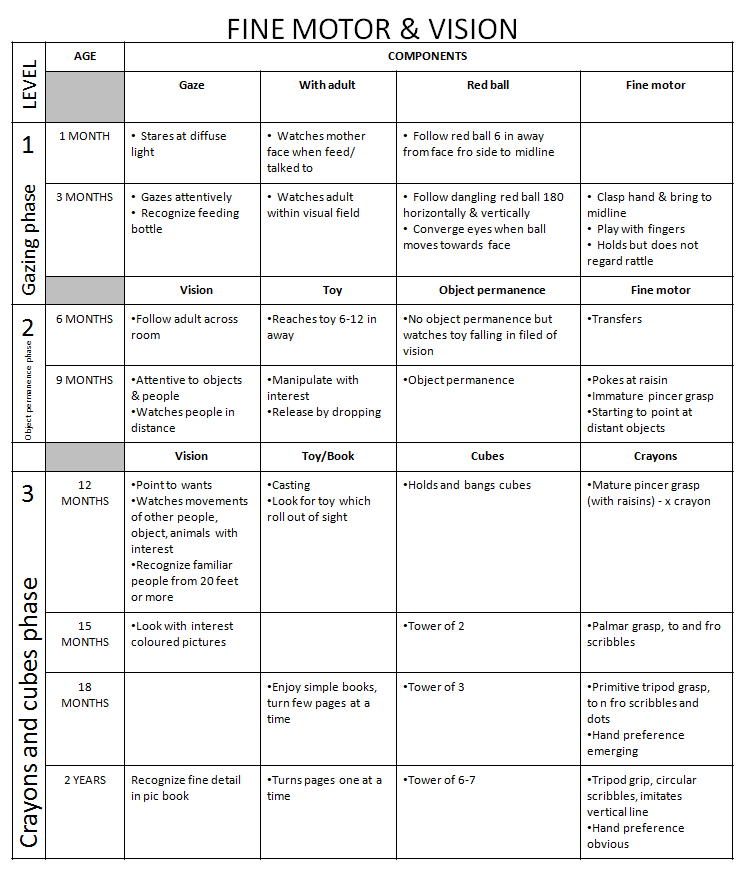 He doesn't want to fall so he will try his best keep your balance. If you offer him to walk on a new surface for him he will notice it and be careful fit. In order to help "contemplative" to learn to walk, you you need to proceed as follows:
He doesn't want to fall so he will try his best keep your balance. If you offer him to walk on a new surface for him he will notice it and be careful fit. In order to help "contemplative" to learn to walk, you you need to proceed as follows:
-
move slowly;
-
increase distance as far as corresponds to the possibilities child;
-
avoid falls;
-
praise the baby;
-
strive increase motivation and confidence child in yourself. If you will be able to understand how you feel baby when walking, you will be able to find approaches that to him will be the most efficient. nine0005
If your child "doer" , he will love the movement and probably willingly will go. Initially, however, he may show reluctance to walk this mode of transportation will seem him slow compared to the spent them by crawling. When he gets motivation to walk, he, to your surprise, will begin to walk bravely, regardless of how he manages to keep his balance or not.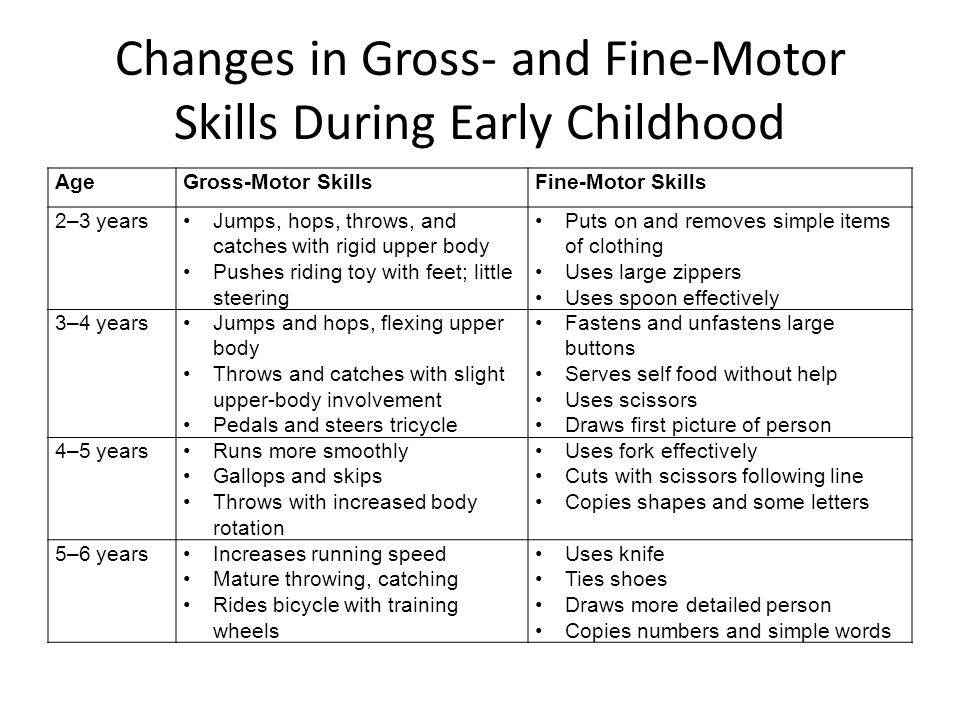 He will take a step and fall, but see nothing wrong with that. First he will learn to take a step and only then keep your balance. nine0005
He will take a step and fall, but see nothing wrong with that. First he will learn to take a step and only then keep your balance. nine0005
To take a step, he will be ready to take the risk, and you have to keep a close eye on him. Details such as surface type, along which it goes will be of little interest him. Point out obstacles to him encountered on the way, otherwise he might run into them. When he will have a desire to walk all time, he will learn to stand up from bearish standing positions.
You will help him learn to walk if you try:
-
walk fast; nine0005
-
contribute development of his ability to maintain balance by offering he walks with less and less support;
-
keep track of that that he is not endangered;
-
praise him;
-
do everything to increase motivation and confidence child in
-
yourself.
If you will be able to understand his desire to move, you can find these approaches that in relation to him will be the most effective.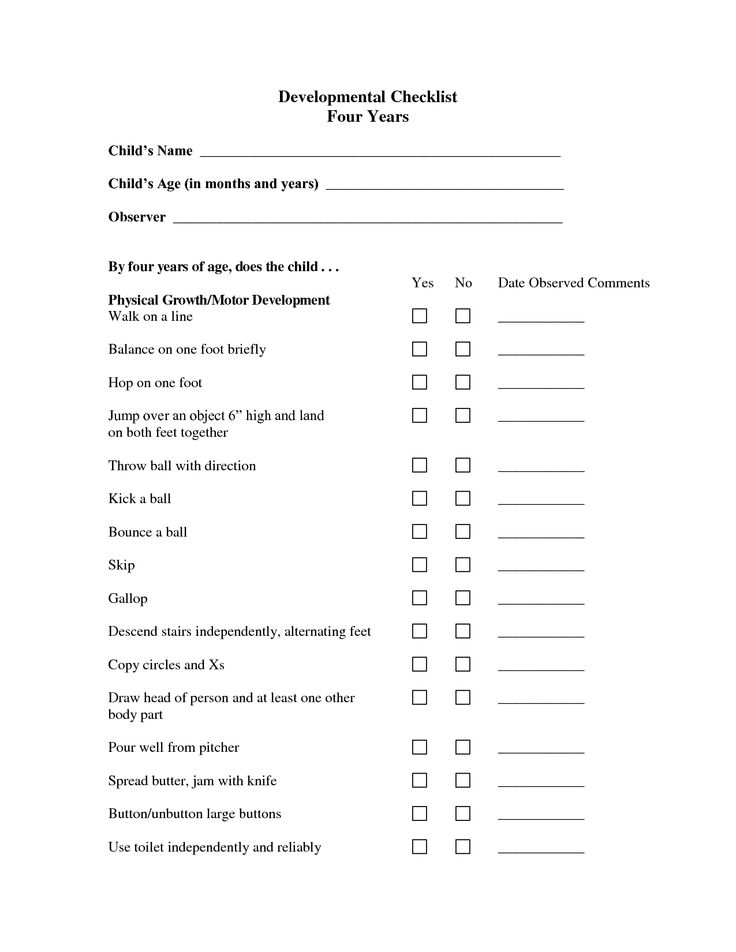 nine0005
nine0005
Standing
-
Costs for 3-5 minutes, holding both hands over the protruding edge of the horizontal surfaces.
-
Costs for 3-5 minutes, holding with one hand beyond the protruding edge of the horizontal surfaces.
-
Worth holding on one hand and the other hand plays with a toy placed on the side or behind.
-
Costs, leaning back against a piece of furniture, and keeps on standing like that for 3-5 minutes. nine0005
-
Costs for 3-5 minutes, with both hands resting on a horizontal surface.
-
Worth for 3-5 minutes, with one hand leaning on horizontal surface.
-
Worth it, with one hand resting on a horizontal surface and with the other hand plays with a toy, located on the side or behind.
-
Worth for 3-5 minutes, with both hands resting on vertical surface.
nine0010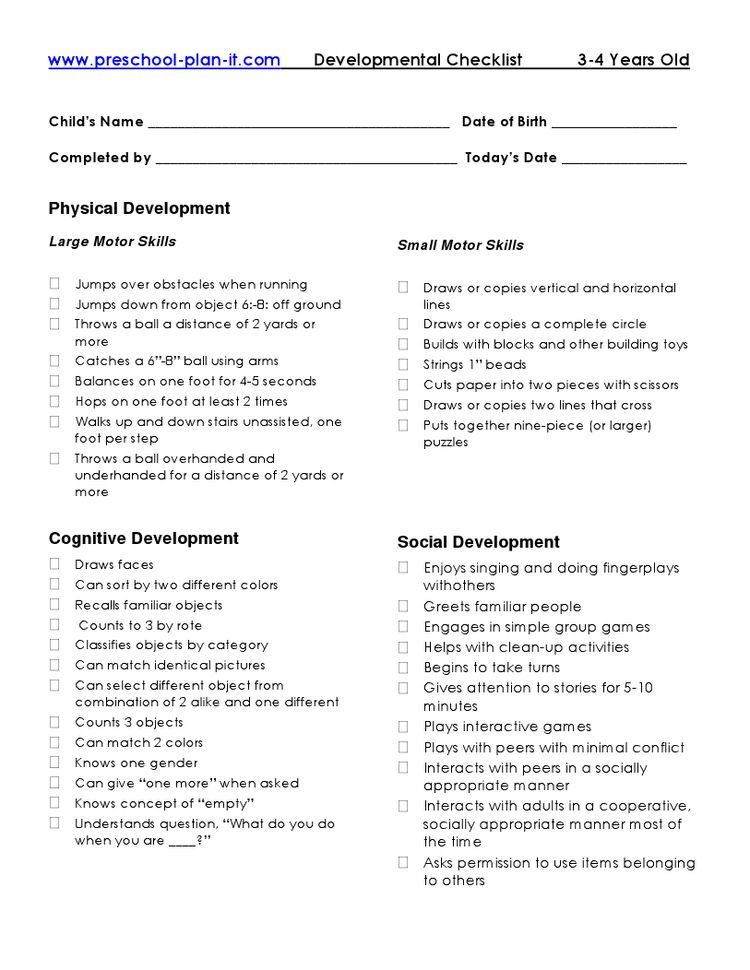
-
Worth for 3-5 minutes, with one hand resting on vertical surface.
-
Worth it, with one hand resting on a vertical surface and with the other hand playing with a toy, located on the side or behind.
-
Worth it without support within 2-5 seconds.
-
Worth it without support within 10 seconds.
-
Worth it without support more than 10 seconds (optional skill).
nine0010
Travel along pieces of furniture
-
Moves around along a piece of furniture that has horizontal surface, making 1-2 steps.
-
Moves around along a piece of furniture that has horizontal surface, making 3-4 steps.
-
Moves around along the sofa from one edge to the other.
-
moving around along the table, turns around its corner.
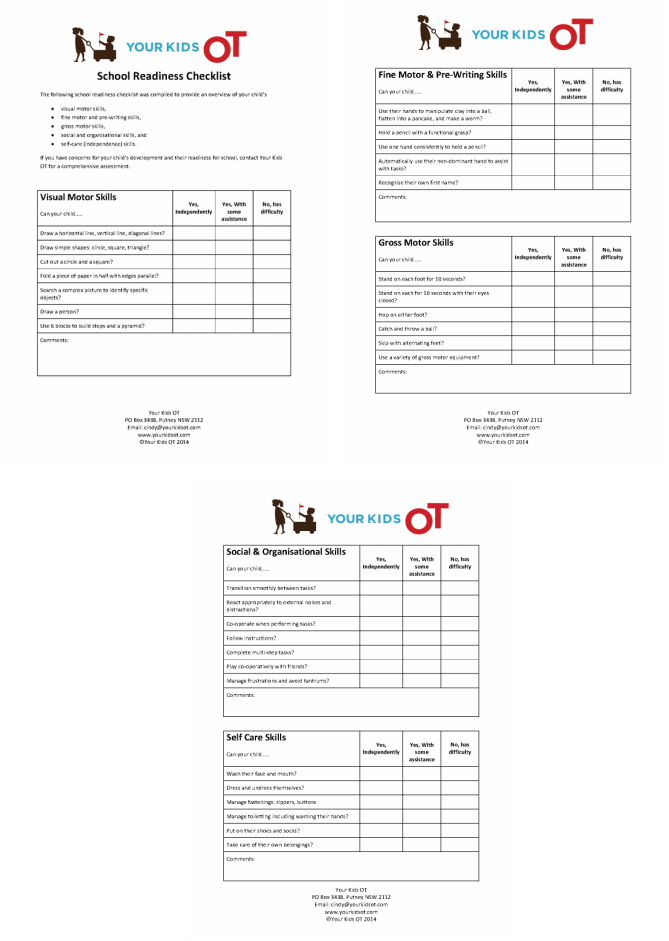 nine0005
nine0005 -
Moves around along furniture that has a horizontal surface, moving from one object to another nearby.
-
Moves around along pieces of furniture that have horizontal surface, passing from one object to another, located some distance from the first despite the fact that the edges of the surfaces of both objects are parallel to each other.
-
Moves around along a piece of furniture, resting with palms to its vertical surface. nine0005
Skill use standing position and palms (bearish)
-
Takes position standing like a bear.
-
Moves across bearish room (optional) skill).
-
Moves into modified standing position bearish.
-
Transitions from modified position standing bearish to standing with one hand support.
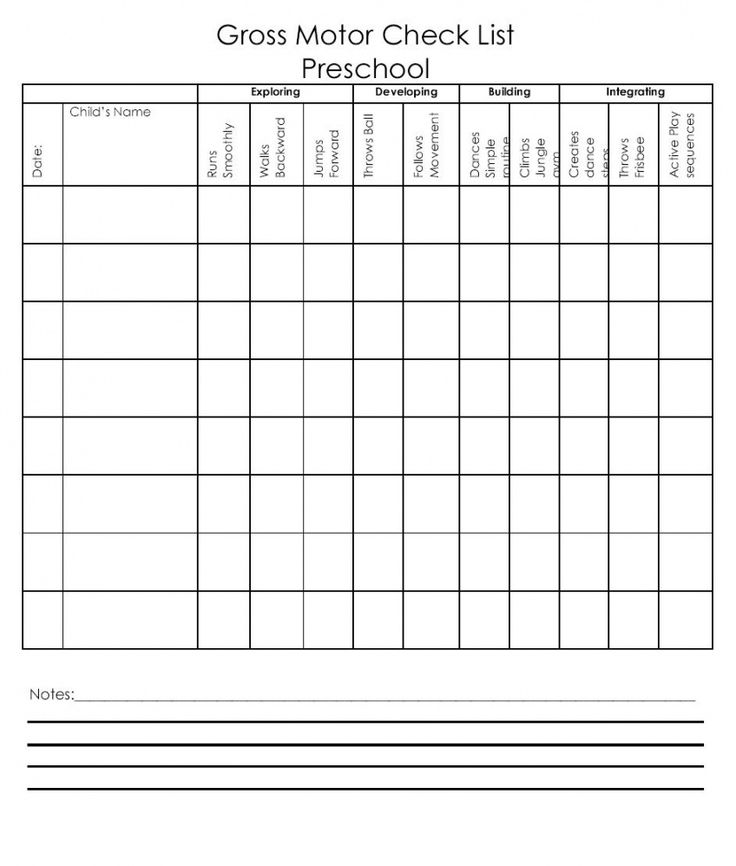 nine0005
nine0005 -
Passes from modified standing position bearish in a standing position without hand support.
-
Passes from bearish standing positions standing with support by one hand.
-
Passes from a bearish standing position to a bearish position standing without support by the hand.
Climbing
-
Get off the sofa using verbal prompts. nine0005
-
Get off the sofa on one's own.
-
climbs up on the steps, overcoming 5-6 steps.
-
climbs up up the stairs, overcoming one flight of stairs.
-
Peeling off steps, going down 2-3 steps.
-
Peeling off steps, going down 6 steps.
-
Peeling off stairs, going down one flight.
nine0010 -
climbs up on the steps of the slide, and then moves out downhill.
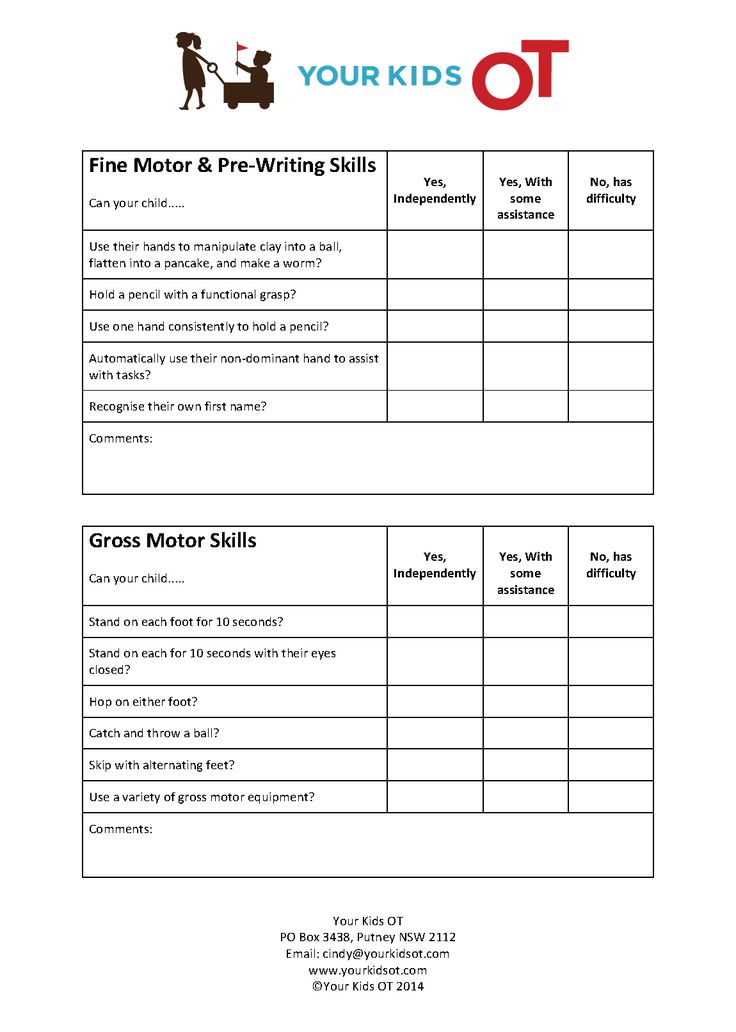
Walking
-
Walks 3-5 steps with support for both handles.
-
Passes 3 m s support for both handles.
-
Passes 6 or more than meters with support for both handles.
-
Passes since support for 3-5 steps, pushing in front of you rolling toy
-
Passes since support 3 m, pushing in front of you rolling toy.
-
Passes since support of 6 meters or more, pushing a wheelchair toy in front of you.
-
pull up and gets up, holding on to a wheelchair toy, if its position is fixed.
-
Passes without support 3-5 steps, pushing in front of you rolling toy.
-
Passes without support 3 m, pushing in front of you rolling toy. nine0005
-
Passes without support 6 meters or more, pushing in front of is a rolling toy.

-
pulls up and gets up, holding on to a wheelchair toy, without support.
-
Goes around with wheelchair toy pieces of furniture and other obstacles.
-
Walks 3-5 steps with one hand support.
-
Passes 3 m s one hand support.
-
Pass 9and more meters with support for one hand.
-
Rushing forward to the sofa, leans on it with his hands and then takes 1-2 steps.
-
Rushing forward to a vertical surface, rests in her hands and
-
then does 1-2 step.
-
rushes forward to the sofa, to another person or to a vertical surface and makes step before leaning on something.
-
On one's own takes 1-2 steps. nine0005
-
Passes the distance in 1 m.
-
Passes the distance at 1-1.
 5 m.
5 m. -
Passes the distance at 1.5-2 m.
-
Passes the distance at 2-3 m.
-
Passes the distance at 3-4.5 m.
-
Passes the distance 4.5 meters or more.
-
Walks all over house (on a flat surface).
-
Walks, noticing obstacles on the floor, do not fall or stumbles. nine0005
-
Takes 3-5 steps on the grass.
-
Passes through the grass 1.5 m.
-
Passes through the grass 3 m.
-
Passes through the grass 4.5 m.
-
Walks on the grass without falling.
eё
Development of gross motor skills in children
Parents, and often teachers, underestimate the need for the development of gross motor skills in children.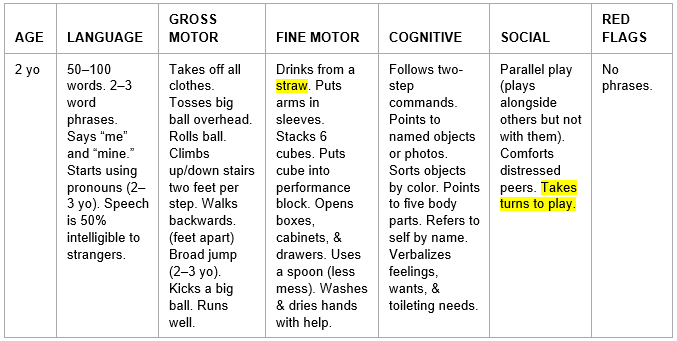 And it is the basis for the formation of fine motor skills, which is important in preparing for school. Let's figure out what gross motor skills are, why and how to develop them. nine0005
And it is the basis for the formation of fine motor skills, which is important in preparing for school. Let's figure out what gross motor skills are, why and how to develop them. nine0005
Article content:
- What is gross motor skills
- Why develop
- Gross motor disorder in children
- How to develop gross motor skills
- Developmental games and exercises
- Output
What is gross motor skills
Gross motor skills, or general, are active body movements that involve arms, legs, torso, head. In fact, adults use these skills without thinking, and children have to master them gradually. nine0005
In the first year of life, the baby develops rapidly and learns to control his body:
- focuses his eyes;
- holds his head;
- controls arms and legs;
- is learning to sit;
- crawling;
- tries to get up;
- walks, runs, jumps.
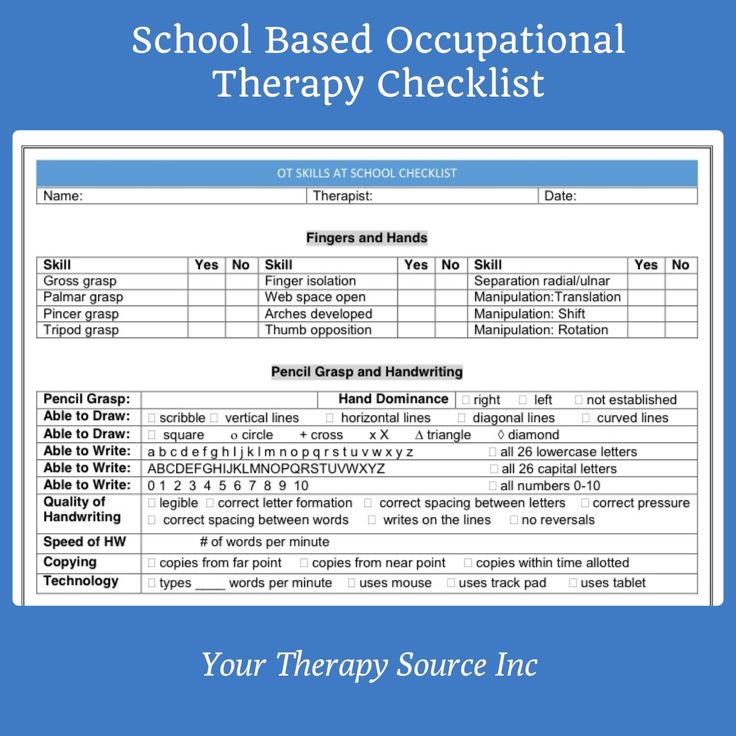
The success of all these important processes depends on the health and life of the child.
- By the age of 2, a child masters complex general motor skills of arms and legs. The kid throws and kicks objects. Holding hands, he climbs the stairs. nine0010
- Children at the age of 3 learn to walk, run, jump more confidently.
Gross motor skills are formed through any movements: active games, copying the actions of adults and animals, sports, dancing, aerobics.
It is important to start working with your child as early as possible. The good physical development of a preschooler is the key to his further success in school, life and the ability to avoid many problems.
Read also: what a child at the age of 2 should know and be able to
Why develop
Without developed gross motor skills, a full-fledged formation of a person is impossible. Benefits of developing motor skills:
- strengthen the musculoskeletal system;
- improve coordination;
- provide muscle protein synthesis;
- stimulate cognitive activity;
- increase efficiency;
- develop independence;
- improve speech; nine0010
- help develop reading and writing skills;
- motivate to vigorous activity;
- form interhemispheric interaction;
- develop creativity;
- promote successful socialization;
- learn to control their body in space;
- contribute to the knowledge of the world and themselves.
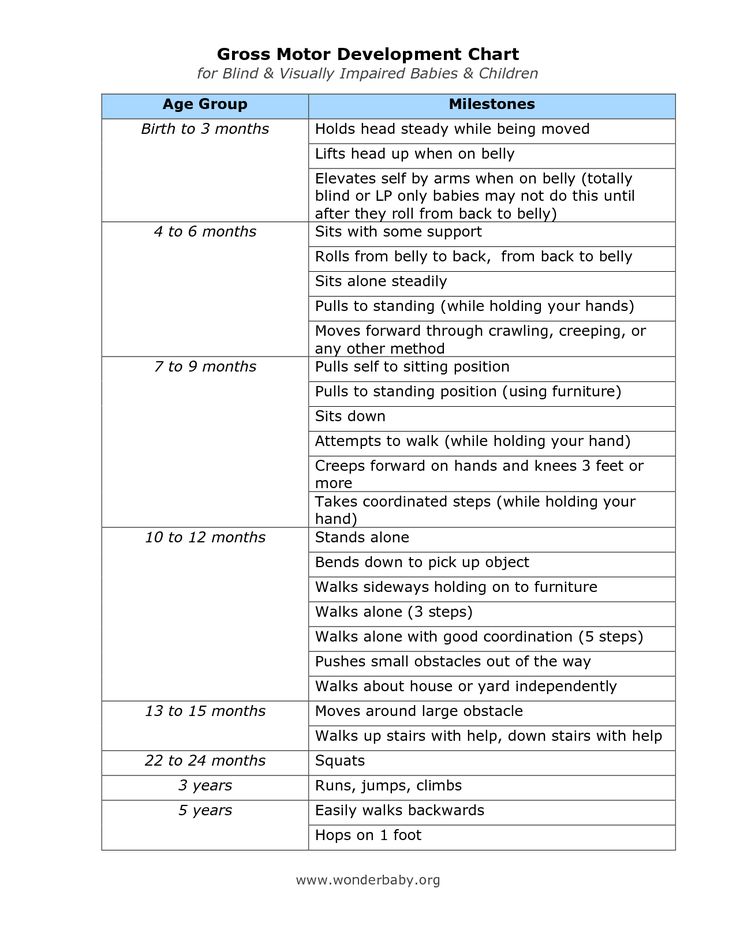
As you can see, the value of developing gross motor skills is great. This work allows you to preserve and increase the physical and mental development of children. nine0005
Difficulties of a child with gross motor deficiency
Each child is individual and his development is uneven. It is better not to compare your child with other children. One child may start walking at 9 months and another after a year. This is fine. The main thing is to exercise regularly with the baby. However, there are criteria by which it can be determined that a child has poorly developed gross motor skills:
- drawing and writing skills are difficult;
- inability to dress and use cutlery independently; nine0010
- inability to maintain a sitting posture;
- loses orientation in space: falls, stumbles, crashes;
- lethargy;
- does not speak well;
- cannot play with small toys;
- fails to switch to a new activity;
- low self-esteem;
- is hard to communicate with peers.
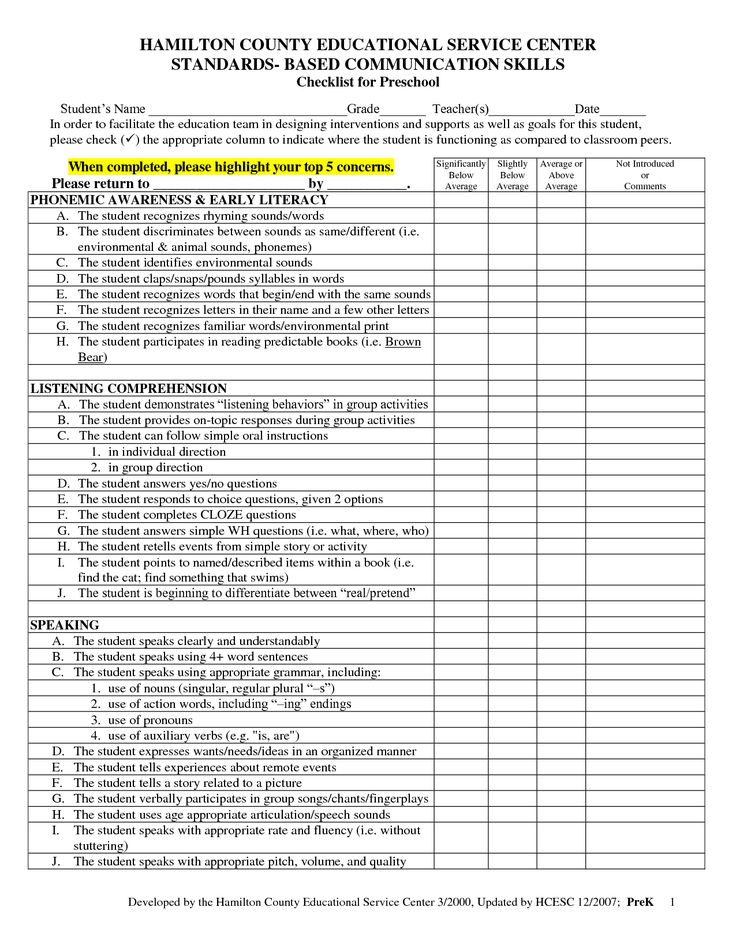
If gross motor impairment is suspected, see a physician for correction. nine0005
How to develop
The main objectives of the development of gross motor skills are:
- creation of conditions for the implementation of the child's motor activity;
- development of skills to control and manage movements;
- learning coordination of actions;
- development of physical activity.
Based on the tasks, parents need to equip the space in the room, stock up on the necessary equipment and control the process. The room should have enough space for running, jumping, bending. Start with the simplest: teach your baby to do morning exercises. If you can do it outside, even better. Simple exercises are quite enough: squats, walking, turns, bends. nine0005
Buy a variety of equipment for outdoor games: balls, jump ropes, hoop. At home with a child, you can play skittles, basketball, gorodki, dodgeball.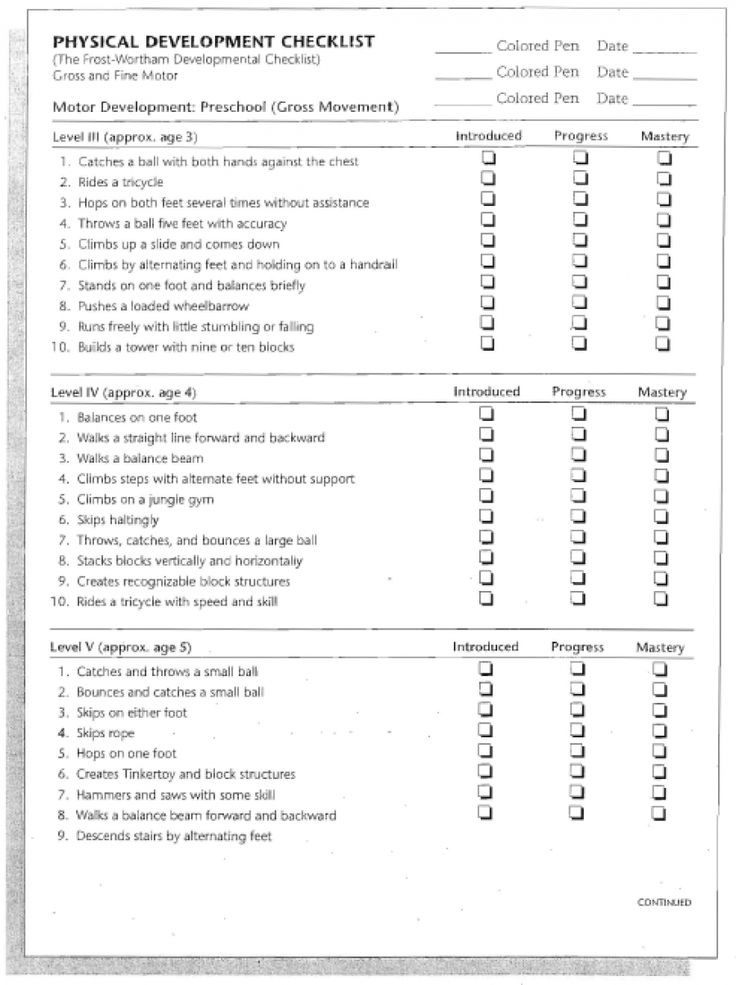 The ideal option would be to arrange a special sports corner in the room. If this is not available, you can simply dance to your favorite music, alternating slow and fast movements.
The ideal option would be to arrange a special sports corner in the room. If this is not available, you can simply dance to your favorite music, alternating slow and fast movements.
For walks on the street, stock up on a bicycle, scooter, roller skates and other equipment according to age. In winter - skates, skis, slides. In addition, for the development of the child's motor activity, you can sign up for the nearest children's center or sports section, where ideal conditions are created for a full-fledged formation. nine0005
Gross motor skills can also be developed at home. It is necessary to load the child with feasible chores around the house. For example, sweep the floor, wipe the table, arrange toys, hang or fold laundry.
Games and exercises for the development of gross motor skills
There are a great many exercises and games for the development of speech and gross motor skills. These can be exercises to strengthen the muscular corset, to coordinate to create spatial representations in preschool children.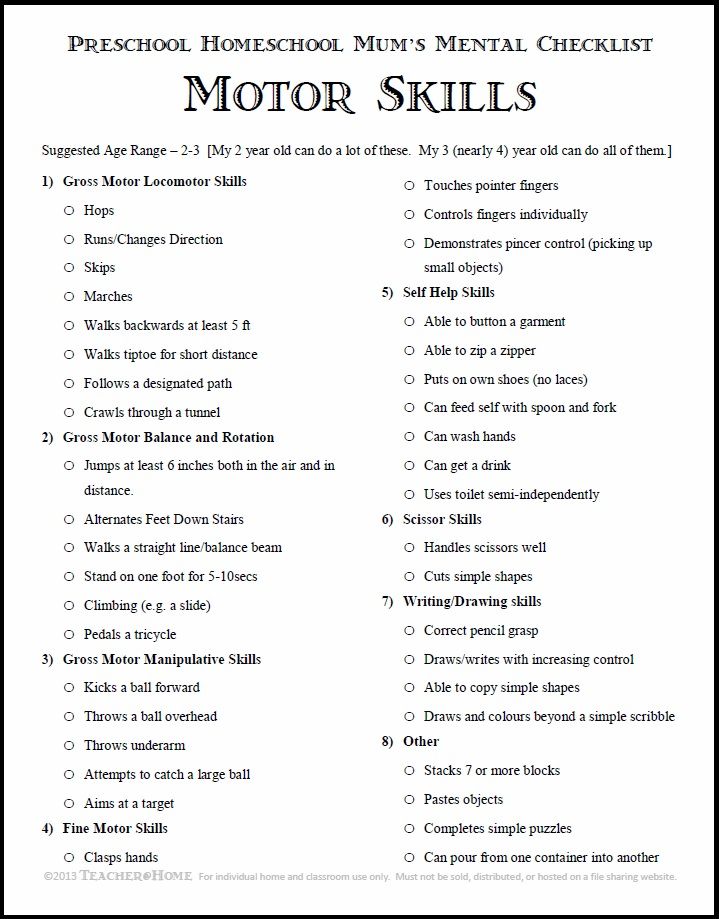 Games are played in pairs or groups. nine0005
Games are played in pairs or groups. nine0005
- Boat. Lying on the back with outstretched arms. The child needs to simultaneously raise straight arms, head and legs. Hold the pose for as long as possible. The same exercise can be done lying on your stomach.
- Log. Starting position as in the previous exercise. Roll with the whole body alternately to the right and left side.
- Lying on your stomach, put your hands behind your head. Elbows apart. Slowly raise your upper body while keeping your legs straight. nine0010
- "Spider". Squat down, palms lean behind. Crawl like an insect.
- Goose step. Squatting position, only hands on knees. Walk in different directions: forward, backward, left, right. You can complicate the exercise by putting a flat object on your head.
- Narrow Path. Lay out a long rope on the floor with bends and turns. Invite the child to walk along it.
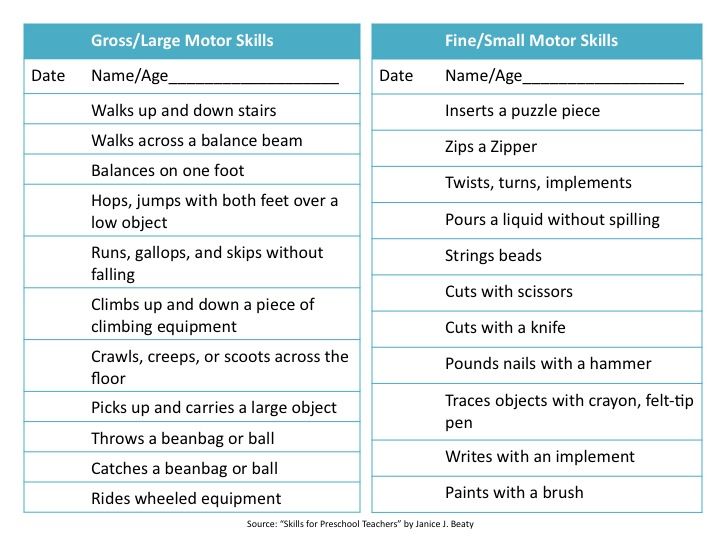 On an imaginary track, you can roll cars and other toys. nine0010
On an imaginary track, you can roll cars and other toys. nine0010 - Stand alternately on the right and left legs, on the toes, on the heels. Make a "swallow".
- March in place with high legs.
- Exercises with cross movements of arms and legs.
- "Hit the target." The game develops the eye well. You can purchase a traditional ring thrower or build your own from improvised material. Any container where you need to throw objects at a distance will do. This also includes options for bowling, towns, skittles. nine0010
- Ball games or fitball exercises.
Also find out what are the exercises for the development of fine motor skills in children.
Conclusion
Gross motor skills are the motor skills a child needs for full physical and mental development. Abilities are formed from an early age through simple exercises, housework, outdoor games and active sports activities.